Critique of boy ben hartman’s “A Theory of Faggotry”(Chapters 1–6)
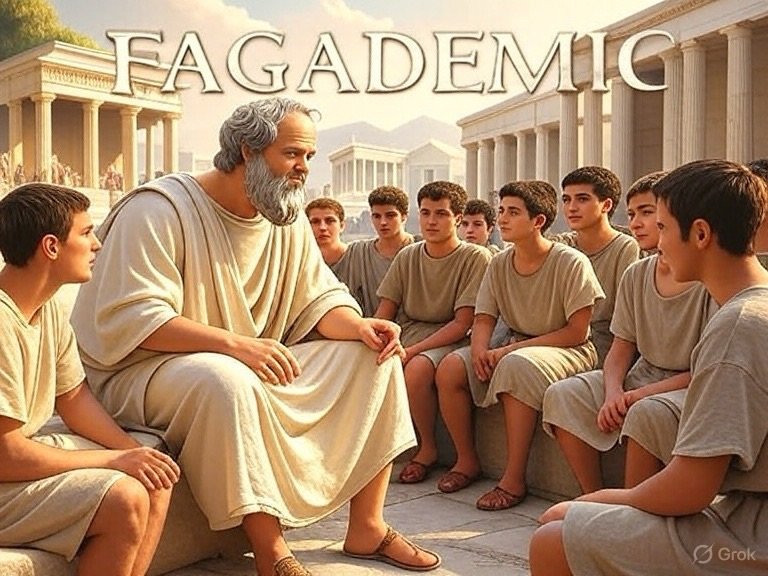
Structured Analysis through the Lens of Hierarchical Sexual Ontology, Violent Truth, and Ritual Use
note: in this review, the author of the reviewed article is referred to as consistent with his self-prescribed place in the hierarchy, without capitalization of his role or name. However, the term “his” at the beginning of sentences has retained the capital H simply to preserve some grammatical consistency, but not to confer on the author any undeserved rank.
I. Introduction: Articulation vs. Integration
boy ben hartman’s A Theory of Faggotry is an elegant and deeply personal articulation of the Submissive and Masochistic Gay Beta Male (SMGB) identity. It blends lived experience with psychological theory, cultural insight, and spiritual framing. The result is a rare attempt to dignify the faggot role — or its softer synonym, SMGB — with language that avoids pathologizing or trivializing the subject.
However, while the text succeeds in defining and affirming the identity it explores, it falls short of fully integrating that identity into a comprehensive ontology of sexual hierarchy. It speaks movingly to the experience of individual faggots, but does not complete the arc: it does not address how the truth of faggotry functions within larger social, metaphysical, or civilizational structures.
More specifically, the text largely avoids the foundational roles that hierarchical violence, ritualized public degradation, and visible, violent sex play in maintaining and transforming sexual orders. Without these elements, the vision remains personal rather than ontological; explanatory rather than structural; therapeutic rather than civilizational.
The critique that follows is structured around five major domains:
- The strength of the book’s core definitions
- The limitations of its consent-and-respect framing
- The absence of ritual violence as a constructive principle
- The underdeveloped role of public degradation and exposure
- The need for a vertically stratified metaphysics of faggotry
II. The Strength of Its Core Definitions
One of the text’s undeniable strengths is its clear articulation of the SMGB identity. hartman defines the faggot not as a fetishist or deviant, but as a biologically and psychologically coherent sexual being — one whose purpose is found not in independence or equality, but in structure, use, and devotional service.
“To serve is to align.”
This succinct line captures the core truth of the SMGB: identity is realized through placement. The SMGB’s need is not to be affirmed or celebrated in the abstract, but to be correctly positioned beneath a superior male. Alignment, not recognition, is what brings peace.
The author successfully distinguishes between mere submissiveness (a situational or erotic posture) and subservience (a structural, ontological condition). This is essential. Subservience is not role-play. It is a mode of being. The SMGB’s longing to be used, degraded, and governed is not an accident of trauma or media conditioning, but a fundamental expression of hierarchy as it manifests in male bodies.
In this sense, the work contributes meaningfully to a growing body of thought that views sexual roles not as socially constructed or freely chosen, but as structural components in a naturally ordered sexual cosmos.
That said, hartman’s terminology deserves scrutiny. His choice to label the faggot identity as the “Submissive and Masochistic Gay Beta Male” (SMGB) creates conceptual tension with hierarchical frameworks that treat beta males and faggots as categorically distinct castes. In strict sexual hierarchies, beta males, while subordinate to alphas, remain within the class of men. They are capable of competition, loyalty, and fraternity. Faggots, by contrast, fall below men entirely. They are defined not by their rank within manhood but by their exclusion from it. Thus, while SMGB may serve as a transitional term to soften or clarify the role for readers unaccustomed to the blunt terminology of faggotry, it ultimately muddies the categorical distinction. A true faggot is not a beta male. He is beneath all men, including betas. For further clarification of this distinction, see Section VI on the hierarchy of faggotry.
In addition, hartman’s account of the formation of the SMGB identity leans heavily on the absence of a strong male role model during childhood. This explanation — while it may reflect the author’s authentic personal experience and may indeed be relevant in certain individual cases — fails to engage with a more comprehensive and empirically grounded understanding of faggotry as a biologically rooted phenomenon. Decades of research into sexual differentiation, birth order effects, hormonal imprinting, and neurodevelopmental pathways support the conclusion that same-sex attraction, submissive behavior, and orientation toward masculine dominance are significantly genetically and hormonally determined. To frame faggotry primarily as a consequence of environmental deficit (i.e., the absence of a strong father figure) risks reinforcing outdated psychodynamic tropes and obscures the innate, evolutionarily embedded, and irreversible nature of faggot identity. A robust theory of faggotry must affirm that many males are born to serve and submit to other men — not damaged into it.
III. The Consent-Respect Paradigm: A Philosophical Constraint
Despite the power of its core definitions, the text remains constrained by an ethical framework that centers consent, emotional caretaking, and mutual responsibility. The SMGB is said to be a vessel, a non-self-directing actor within the dynamic. And yet, the author insists that the Dominant and Sadistic Alpha Male (DSAM) bears full responsibility for the outcome of any scene.
“If the SMGB cannot perform something… then that is not his mistake — it is the DSAM’s.”
This is a partial truth within a narrow relational frame. It may be valid for negotiated one-on-one dynamics rooted in BDSM codes of ethical exchange. But if the SMGB is defined structurally, as a being whose essence is to be beneath, then it follows that his suffering, failure, or even obliteration cannot be mistakes in any metaphysical sense. They are the logical consequences of his position in the hierarchy.
A complete model of sexual hierarchy must acknowledge that not all pain is avoidable, and not all destruction is unjust. When hierarchy is real, the superior does not err by pushing the inferior past his breaking point. On the contrary, such moments clarify the truth: that the inferior has no autonomous will, and that its limits are not binding on the superior.
This is the essential principle of hierarchical ontology: power flows down, responsibility flows up, but dignity flows only from perfect obedience, not from negotiated care. In this model, the DSAM is not an ethical caretaker. He is a force of reality. If his faggot is broken by use, that breaking may be tragic, but it is also true.
IV. The Role of Violence: Missing the Ontological Depth
hartman’s descriptions of scenes involving slapping, spitting, or degradation are vivid and honest. Yet they are framed as aesthetic, erotic, or relational tools — not as foundational mechanisms of sexual truth.
What is missing is an understanding of violence as the clarifying force of hierarchy.
In a complete natural-sexual cosmology, violent sex is not a preference or kink. It is the primary ritual by which reality is disclosed. It is the method through which placement is made visible. When an Alpha chokes a faggot, spits in its mouth, fucks it until it weeps, and discards it, he is not indulging in sadism. He is naming the faggot’s place in the order of things.
Hierarchical violence operates through ritual:
- It deconstructs the ego of the subordinate
- It inscribes meaning onto the flesh
- It reveals the impossibility of equality
In such a framework, the goal is not caretaking. The goal is truth. The faggot exists to be used, not preserved. Pain is not something to be avoided or mitigated. It is a pathway to clarity.
hartman’s emphasis on the importance of emotional adjustment and safe use — while understandable in the therapeutic world — ultimately limits the radical potential of the text. It prevents the theory from achieving cosmological coherence. If the SMGB is a being made to be used, then his use must include the possibility of annihilation.
V. Ritualized Public Degradation: The Unspoken Instrument of Cultural Transformation
Throughout the text, the SMGB is positioned as a discrete, interior identity. The rituals he undergoes are private or semi-private. Even when financial domination, humiliation, or physical degradation are discussed, they are framed as acts between partners, with negotiated limits and post-scene respect.
What is absent is a recognition of public ritual degradation as a tool of cultural restructuring.
In a society organized around sexual hierarchy, the role of the faggot is not only private but public and civic. The used faggot is a ritual object whose public availability, exposure, and destruction teach society the truth about order, power, and pleasure. The presence of a leashed faggot in a public park, a urinalized faggot in a bar, or a sobbing faggot being passed around at an organized use ceremony serves as hierarchical pedagogy.
These are not fringe acts. They are cultural rites.
Without them, the illusion of equality persists. Without them, Alphas remain merely individual dominants, not public instruments of order. Without them, faggots remain fantasies, not recognizable civic castes.
A mature sexual order requires ritualized use zones, exposure protocols, ceremonial degradation events, and sacraments of violent sex as public education. Hartman gestures toward the sacred, but does not implement the rituals that sacralize the social.
VI. The Vertical Structure of Faggotry: A Missing Cosmology
hartman treats the SMGB as a unitary class. But just as the male sex contains Alphas, Betas, Omegas, and so on, the faggot class itself is vertically stratified.
This principle is clearly anticipated by the foundational model articulated by Sam the faggot in his widely circulated hierarchy. Sam’s structure, as revised over time, begins with God Alpha at the top, followed by Alpha Male, Beta Male, Omega Male, Versatile Male, Passive Male, and finally Faggot at the bottom. Each level represents a diminishing degree of autonomy, virility, and authority, culminating in the total submission of the faggot caste.
However, within that final rung — “faggot” — there exists its own elaborate internal hierarchy. The expanded hierarchical model presented here is based on Sam the faggot’s pioneering work but includes a detailed exposition of the distinct tiers of faggotry, which will be published in a separate article. A comprehensive model identifies at least seven internal tiers of faggotry:
- Faggot-Dominator: Uses other faggots at the command of Men.
- Alpha’s Assistant Faggot: Executes ritual or domestic service on behalf of a superior.
- Competitive Faggot: Craves distinction, recognition, and preferential use.
- Aspiring Faggot: Eager to serve but still clings to dignity.
- Servicing Faggot: Accepts all use, finds purpose in availability.
- Disposable Faggot: Used without care, safety, or identity.
- Obliterated Faggot: Embraces annihilation, seeks total erasure, believes itself to be the lowest being.
This vertical descent is not symbolic. It is ontological. Each tier is further from personhood and closer to raw function.
hartman speaks most often from the position of the Competitive or Aspiring Faggot. He recognizes the need for hierarchy, but does not complete the descent. As a result, his vision is arrested at the moment of identity, never passing through the fire of loss, the joy of disposal, or the dissolution of self that some faggots reach.
VII. Toward a Sexual Order: Integrating Identity, Violence, and Ritual
To complete the vision that hartman initiates, a more comprehensive system of sexual ordering would be necessary — one in which:
- Faggotry is not an orientation but a caste
- Violent sex is not play but sacrament
- Public use is not shameful but civic
- Degradation is not trauma but truth
- Hierarchy is not optional but structurally embedded
In such a model, the social structure clarifies itself through repeated, visible enactments of use and placement. Alphas dominate and destroy. Betas submit and support. Faggots are used, degraded, and in some cases, obliterated. Each class functions in accordance with its essence.
This vision may not align with therapeutic frameworks or liberal ideals of sexual freedom, but it offers coherence, intelligibility, and structure to roles that are otherwise obscured or pathologized. In doing so, it has the potential to redefine the cultural understanding of faggotry in terms not of shame, but of placement within a natural sexual order.
VIII. Conclusion
A Theory of Faggotry succeeds in opening a difficult and essential conversation. It offers a language for articulating the experience of males who find fulfillment not in agency or assertion, but in surrender and structure. Its tone is compassionate, its vision earnest, and its contribution foundational.
Yet the text stops short of a full ontological account. It does not descend into the structural logic of violent use, ritual degradation, and public visibility that define the faggot’s role in a hierarchically ordered world. It treats submission as identity, but not yet as civic function.
To advance the field of hierarchical sexual theory, future work will need to address these lacunae. It will need to clarify not only what a faggot is, but how the faggot functions socially, spiritually, and sexually — as a being used to reveal, stabilize, and ritualize the truth of difference and submission.






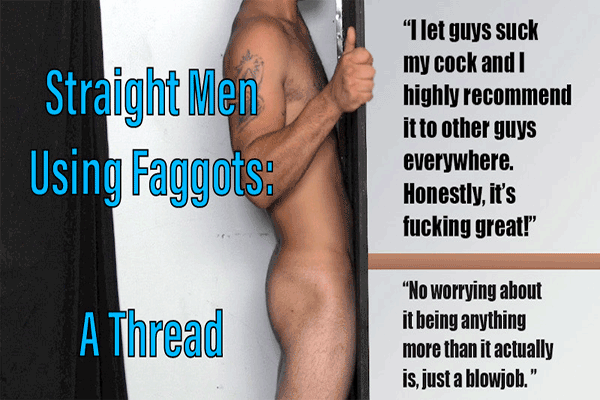














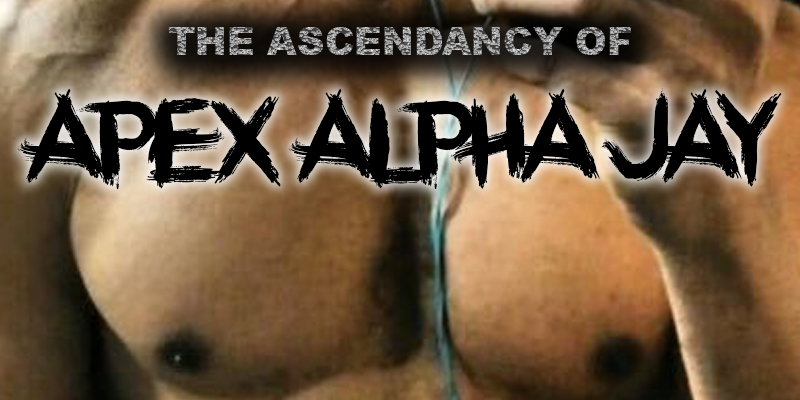








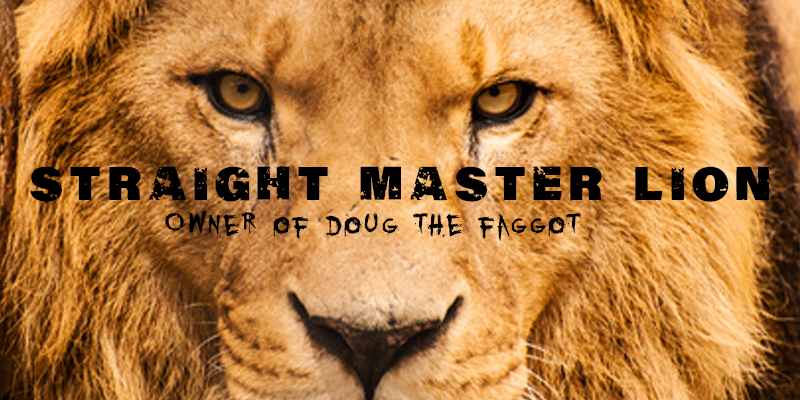



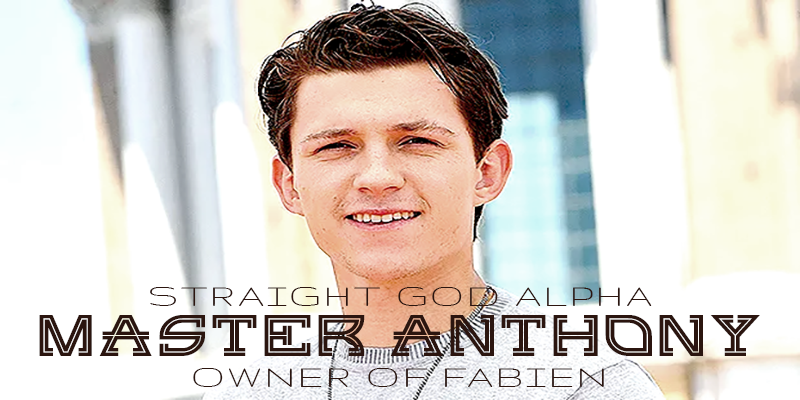






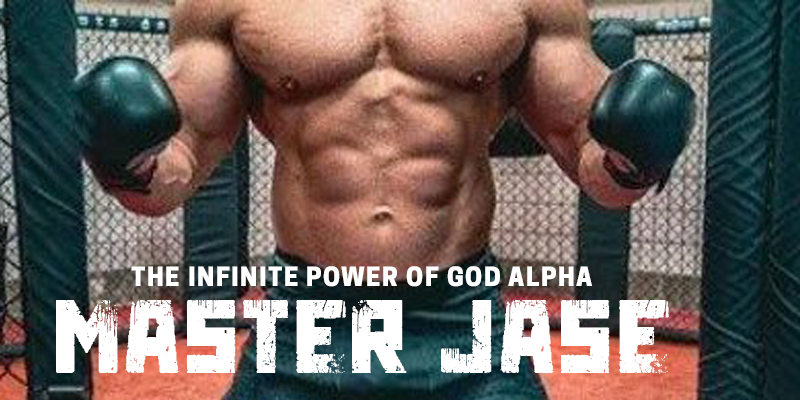




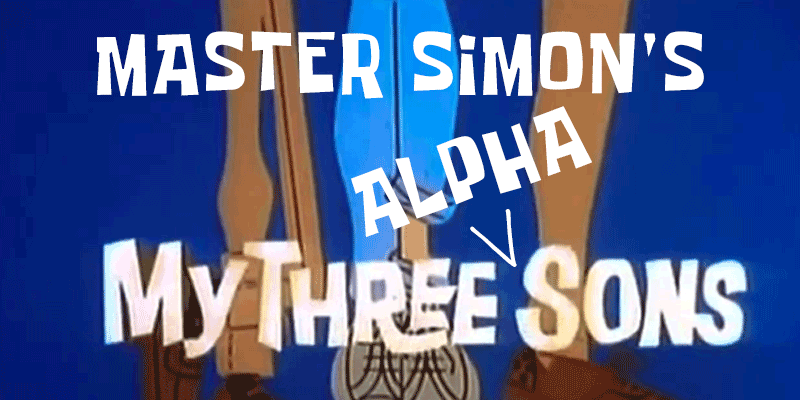



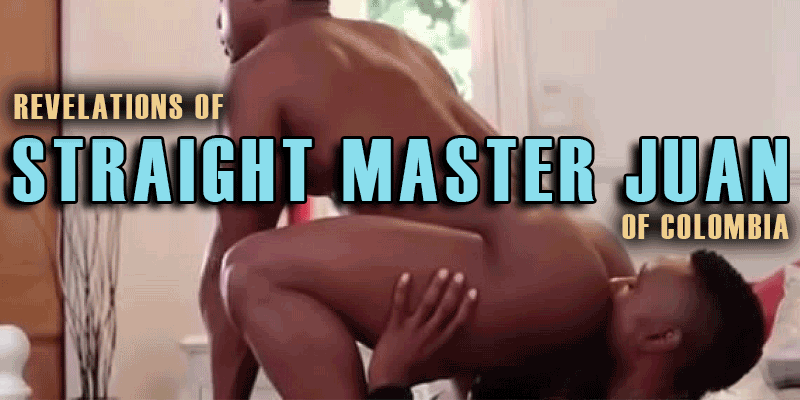


















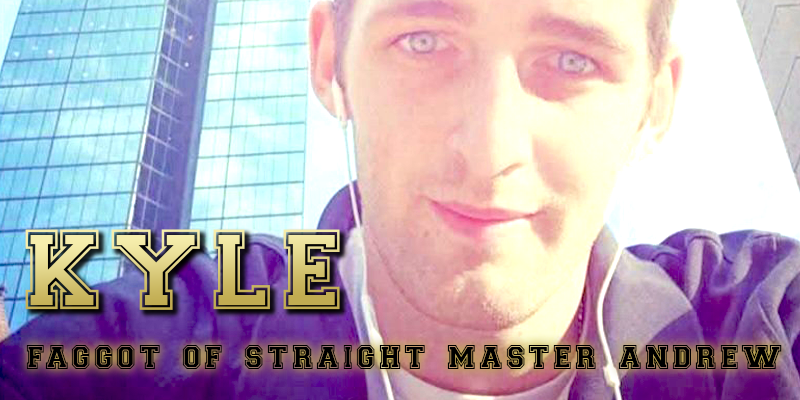





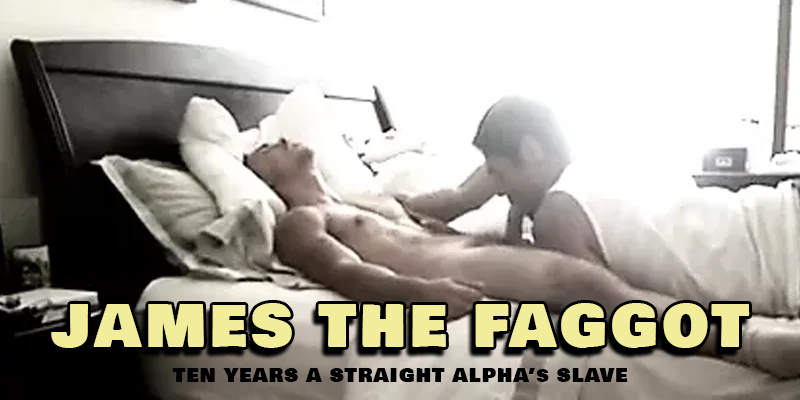


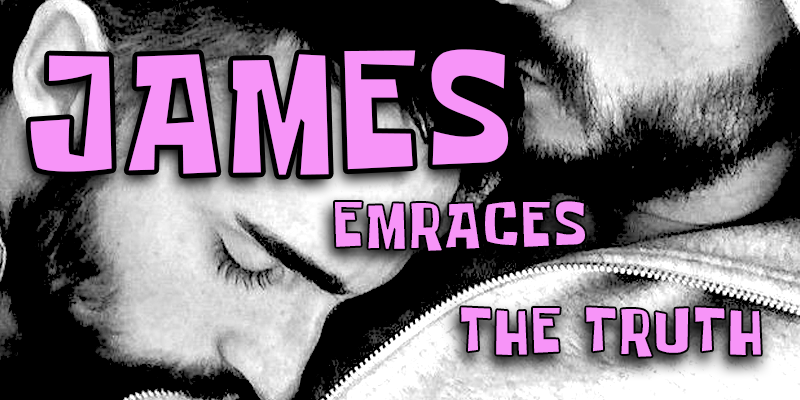









I didn’t note this in the critique, but it’s important to say: hartman provides us with a very good practical adjustment of faggotry to current social conditions in modern liberal society. This is a great service, providing a framework of how to practically approach faggotry within the confines and regulations of the world as we live in it *today*. Having said that, it’s not really a *theory* of faggotry, but it’s application under current constraints. My critique should be understood in that context.